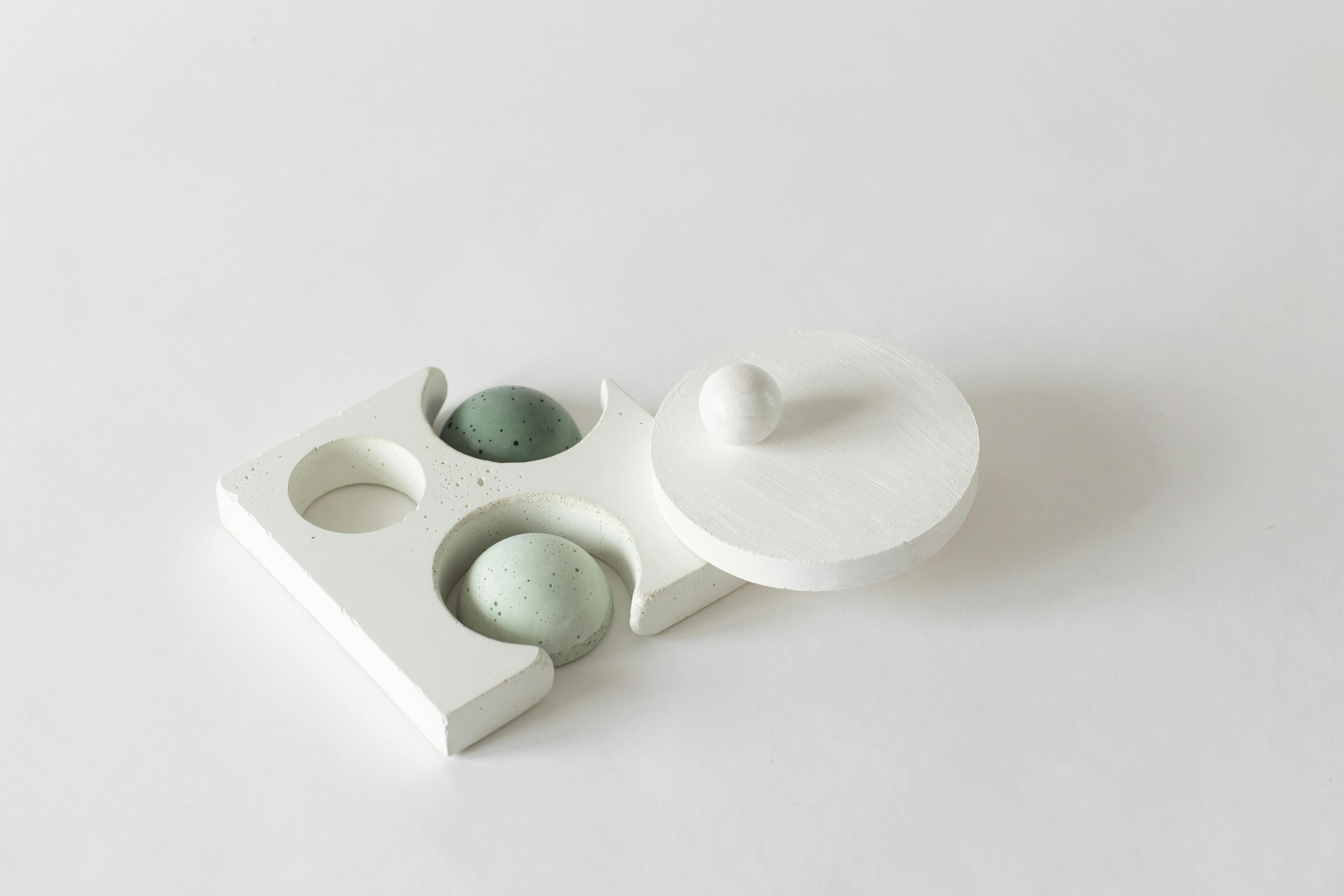Flushing out wisdom teeth holes is a relatively simple process that can help to promote healing and reduce pain and discomfort. It is important to follow the instructions carefully in order to avoid any further complications. This guide will provide step-by-step instructions on how to properly flush out wisdom teeth holes.Wisdom teeth are the third and final set of molars that most people get in their late teens or early twenties. They are located at the very back of the mouth, behind the second molars. Wisdom teeth often cause overcrowding and other dental problems if they do not come in correctly, so many people opt to have them removed.
Advantages of Flushing Out Wisdom Teeth Holes
Flushing out wisdom teeth holes is a great way to reduce the risk of infection and promote healing after wisdom teeth extraction. This procedure can also help to remove any food particles and other debris that may have become lodged in the area. Flushing out wisdom teeth holes can help to make sure that the area is properly cleaned and ready for healing. It can also help to reduce inflammation and discomfort associated with the area.
One of the biggest advantages of flushing out wisdom teeth holes is that it helps to reduce the risk of infection by removing any bacteria or other debris that may be present in the area. This procedure can also help to make sure that any foreign material or particles are removed from the area, which can reduce irritation or pain. Flushing out wisdom teeth holes can also help to make sure that the extraction site is properly healed and ready for future procedures like dental implants or dentures.
Another advantage of flushing out wisdom teeth holes is that it helps to promote healthy healing after wisdom teeth extraction. By removing any food particles or other debris, it helps to create a clean environment for healing and allows for faster healing time. This procedure can also help to reduce inflammation and pain associated with the area, which can help patients feel more comfortable in their recovery process.
Finally, flushing out wisdom teeth holes can help to improve overall oral hygiene by removing any foreign materials or bacteria from the area. This procedure helps to keep the surrounding areas clean and free from buildup, which helps to protect against potential infections or other complications down the line. Overall, flushing out wisdom teeth holes offers numerous benefits that are worth considering when determining what steps should be taken following a dental extraction procedure.
Advantages of Flushing Out Wisdom Teeth Holes
Flushing out wisdom teeth holes can help to loosen and remove food particles that may become stuck in the holes. This can help to reduce the chance of infection and inflammation in the area, as well as improve overall oral hygiene. Additionally, flushing out wisdom teeth holes can help to prevent bacteria from building up, thus reducing the risk of further dental problems. Furthermore, this procedure can help to maintain an attractive smile by preventing discoloration and bad breath associated with bacteria build up. In some cases, flushing out wisdom teeth holes may even be recommended by a dentist in order to reduce the symptoms of dry socket or other oral health problems.
Disadvantages of Flushing Out Wisdom Teeth Holes
Flushing out wisdom teeth holes is a relatively quick procedure, but it does require a certain degree of precision in order to be carried out successfully. If done incorrectly or too frequently, flushing out wisdom teeth holes could result in further damage to the gum tissue or even an infection. Additionally, this procedure may cause some discomfort during and immediately after treatment due to the introduction of antiseptic solutions into the mouth. Furthermore, this procedure is not suitable for everyone and should only be carried out under medical supervision if there is any risk of developing infection or other complications.
What You Need to Flush Out Wisdom Teeth Holes
Flushing out wisdom teeth holes is an important part of the healing process after wisdom teeth removal. It helps remove food particles and other debris that can get stuck in the holes and cause infection. To flush out your wisdom teeth holes, you will need a few items, including a syringe, warm water, and a mild antiseptic like hydrogen peroxide or salt water.
The first step in flushing out your wisdom teeth holes is to fill the syringe with warm water. Make sure the water is not too hot or too cold – it should be around body temperature. Once the syringe is filled, insert it into one of the tooth sockets where your wisdom tooth was removed. Squeeze the syringe gently to flush out any debris that may be in the socket.
Once you have flushed out as much debris as possible with the warm water, it’s time to use an antiseptic. Fill the syringe with either hydrogen peroxide or saltwater (about half and half). Again, insert it into a socket and squeeze gently to flush out any remaining debris and disinfect the area.
Finally, rinse your mouth with warm saltwater several times a day for at least seven days after your wisdom teeth have been removed. This will help keep infection at bay and ensure that your mouth is healing properly.
Flushing out wisdom teeth holes is an important part of the healing process after having your wisdom teeth removed. By using a few simple items such as a syringe, warm water and an antiseptic like hydrogen peroxide or saltwater, you can help ensure that your mouth heals properly without infection or further complications down the line.
Preparing for Wisdom Teeth Flushing Out
Before flushing out wisdom teeth holes, it is important to prepare for the procedure. This will help ensure that the process runs smoothly and that you are comfortable throughout. Here are some steps you can take to make sure you’re ready:
First, speak to your dentist about any potential risks associated with the procedure. Make sure you understand all of the details and ask any questions you may have.
Second, schedule an appointment with your dentist for a pre-procedure exam. During this visit, your dentist will assess your teeth and gums to ensure that the procedure can be safely performed.
Third, discuss any medications or supplements you are taking with your dentist. Some medications or supplements may interact negatively with the procedure, so it is important to let your dentist know what you are taking beforehand.
Fourth, refrain from eating or drinking anything after midnight before your appointment. This will help ensure that there is no food in your mouth during the procedure and reduce the risk of complications.
Finally, make sure to arrive at least fifteen minutes early for your appointment so that everything is ready when you get there. Your dentist may also provide further instructions prior to the procedure, so be sure to follow them closely.
By following these steps before flushing out wisdom teeth holes, you can help ensure a successful and comfortable experience. Talk to your dentist today about preparing for this procedure!

How to Ensure the Successful Flushing of Wisdom Teeth Holes
Flushing wisdom teeth holes is an important step in the process of extracting wisdom teeth. It helps to prevent infection and ensure that all debris and bacteria are removed from the area. To ensure that this process is successful, here are some tips to follow:
First, it is important to use a soft-bristled toothbrush as well as a mild toothpaste in order to clean the area around the hole. This will help to remove any remaining debris and bacteria from the area. It is also important to rinse your mouth with warm salt water after brushing, which can help reduce inflammation and promote healing.
Second, it is important to use a syringe or irrigation device when flushing out the hole. This should be done with lukewarm water and salt solution in order to flush out any remaining debris from the area. Make sure that you use gentle pressure when using this device, as too much pressure could cause damage to the surrounding tissue.
Third, it is important to use an antiseptic rinse after flushing out the hole. This will help kill any remaining bacteria that may be present in the area and reduce your risk of infection. It is also beneficial to apply an antibiotic ointment or gel directly into the hole before closing it up with a bandage or dressing.
Finally, it is important to make sure that you keep your mouth clean at all times in order to prevent infection from occurring following wisdom teeth extraction. Make sure that you brush twice daily with a soft-bristled toothbrush and a mild toothpaste, floss regularly, and rinse your mouth with warm salt water after brushing. Additionally, make sure that you eat nutritious foods and drink plenty of water throughout the day in order to promote healing following wisdom teeth removal.
<
Possible Complications During the Process of Flushing Out Wisdom Teeth Holes
Flushing out wisdom teeth holes is a common dental procedure, but it can also come with some potential risks and complications. Possible complications include infection, swelling, pain, and damage to adjacent teeth or tissue. Infection is a common complication that can occur during the procedure and can be caused by bacteria entering the open wound. Swelling of the gums and face can also occur due to inflammation caused by the extraction process. Pain is another possible complication during flushing out of wisdom teeth holes which may require medication for relief. Additionally, there is also a risk of damage to adjacent teeth or tissue if not done properly by a professional dentist.
It’s important to seek professional help from an experienced dentist when undergoing any dental procedure in order to reduce the risk of complications. Regular follow-up visits after flushing out wisdom teeth holes are necessary to monitor for infection or other potential problems. If any signs of infection occur, such as redness, swelling, or pain around the site of extraction, it’s important to contact your dentist right away for proper treatment.

Conclusion
Flushing out wisdom teeth holes is a great way to reduce the chances of infection and other problems associated with wisdom teeth. It can also help to make the area easier to clean and reduce the amount of pain caused by inflammation. While this process may be a bit uncomfortable, it is relatively easy and safe when done correctly. It is important to follow all instructions regarding flushing out the area carefully and always seek medical advice if you have any concerns.
Overall, flushing out wisdom teeth holes can help to keep your mouth healthy and free of pain. By taking care of this process correctly, you can rest assured that your wisdom teeth are in good health and that you will not experience any further issues.
